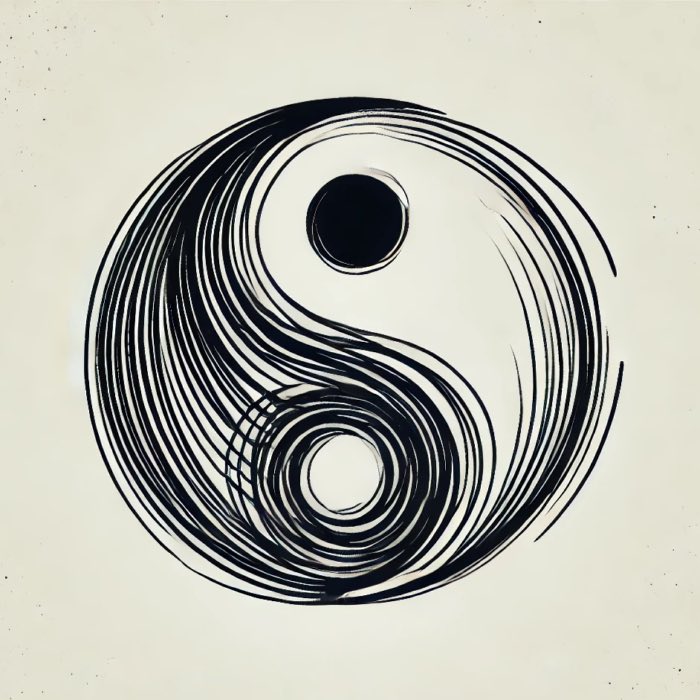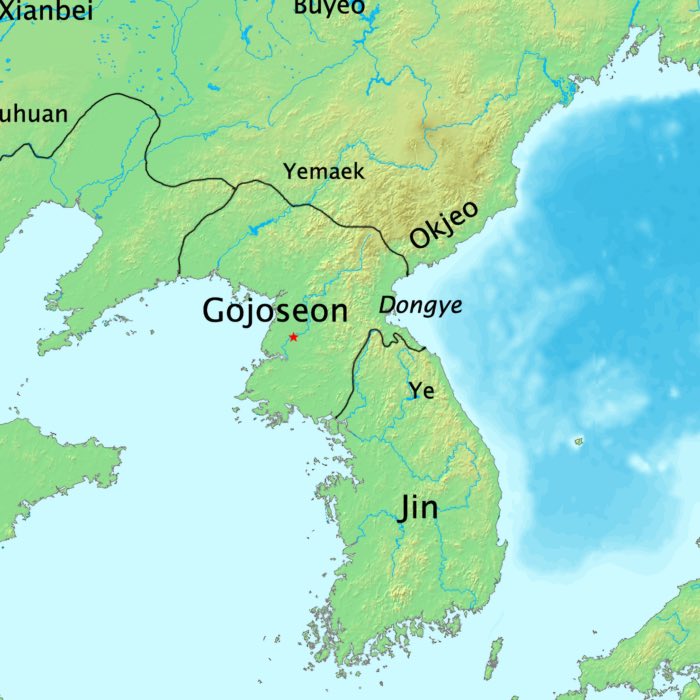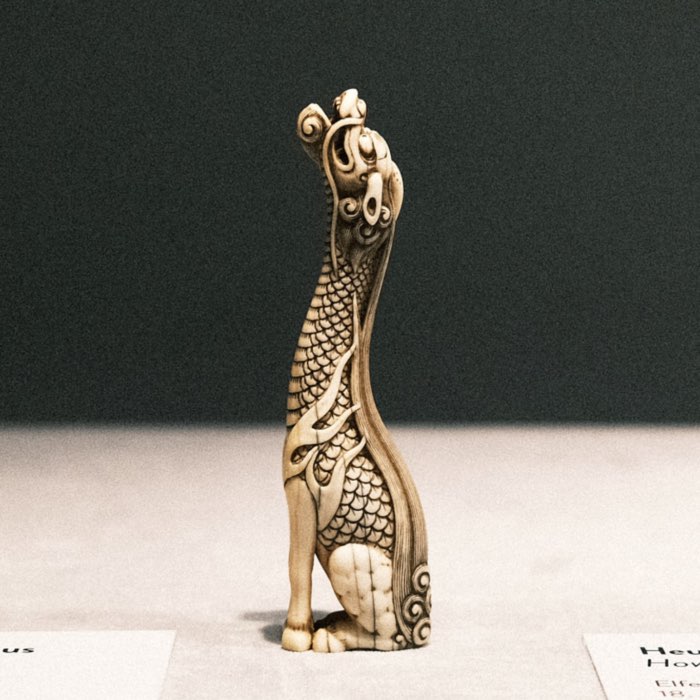Helena Parada Kim’s ‘Interstices’ - A fusion of cultures and traditions
During my last visit to the Museum of East Asian Art in Cologne, I also had the pleasure to see the exhibition “Zwischenräume/Intersticesꜛ” by Helena Parada Kim. Helena Parada Kimꜛ, a Cologne-born (1982) artist of Korean-Spanish descent, merges traditional Korean motifs with European painting techniques, creating a unique blend that speaks across cultures and eras.
 Interstices – A special presentation of contemporary painting, by Helena Parada Kim. Currently on view at the Museum of East Asian Art in Cologne.
Interstices – A special presentation of contemporary painting, by Helena Parada Kim. Currently on view at the Museum of East Asian Art in Cologne.
What I was struck the most about her work is the way she interprets traditional techniques and motifs in a contemporary way, without losing the subtile tone of the original. The result is a fusion of cultures, a dialogue between the past and the present, the East and the West, the traditional and the modern.
The exhibition was divided into three rooms, each with a different theme: plants and nature depictions, traditional costumes and textiles, and rituals and cultures of dining. Each room was additionally accompanied by a distinguished piece from the museum’s holdings, representative of the arts and crafts of Korea, enabling a direct dialogue with Helena’s work. For instance, in one room, a hwarot, the upper garment of a Korean wedding robe from the 19th century, was exhibited next to Helena’s painting Between Silken Mountains and Veronese Green Earth (2023), which was inspired by the traditional garment.

 Top: Hwarot, the upper garment of a Korean wedding robe, Joseon Dynasty (1392-1910), Korea, 19th century. Bottom: Between Silken Mountains and Veronese Green Earth, oil on linen, 2023, Helena Parada Kim.
Top: Hwarot, the upper garment of a Korean wedding robe, Joseon Dynasty (1392-1910), Korea, 19th century. Bottom: Between Silken Mountains and Veronese Green Earth, oil on linen, 2023, Helena Parada Kim.
Additionally, the work was accompanied by a poem by Anna Hetzerꜛ:
HWAROT
Embroideresses inscribed their poem into the weave lotus flowers for life force, butterflies and peonies
as yin and yang of a marriage, outside red, inside bluedressed like a queen for one day, becoming the bridegroom’s possession
with lowered head she carries a cosmos on her back
two herons stand by the world-mountain, apparently symmetricalnumerous hands already partook in the repairs which patches are secret signs in the brocade?
to be read as a whole, the poem spreads its wings
– Anna Hetzer
Another representative example for the dialogue between traditional and contemporary art are Helena’s plant paintings. In a striking departure from traditional plant representations, Helena turned her focus to shade plants and weeds, elements usually overlooked in traditional arts. Her depicted plants, including in particular those with origins and distribution in East Asia, reveal both decay and transience, and the unhindered power of life and growth, while the overall painting style reminds of the European Baroque. The result is a series of paintings that invites the viewers into a nocturnal garden of both familiarity and mystery.

 Red Chard and Dahlias (top) and detail view (bottom), oil on linen, 2019, Helena Parada Kim.
Red Chard and Dahlias (top) and detail view (bottom), oil on linen, 2019, Helena Parada Kim.
 Hosta (detail), oil on linen, 2019, Helena Parada Kim.
Hosta (detail), oil on linen, 2019, Helena Parada Kim.
 Butterbur, oil on linen, 2020, Helena Parada Kim.
Butterbur, oil on linen, 2020, Helena Parada Kim.
 Onions, oil on linen, 2017, Helena Parada Kim.
Onions, oil on linen, 2017, Helena Parada Kim.
 Melon-shaped Ewer, Goryeo Dynasty (1392-1910), first half of 12th century. Light-grey stoneware with celadon glaze.
Melon-shaped Ewer, Goryeo Dynasty (1392-1910), first half of 12th century. Light-grey stoneware with celadon glaze.
Conclusion
In summary, Helena Parada Kim’s “Interstices” is more than just an exhibition; it’s a poetic journey through the amalgamation of diverse cultural narratives. Her art acts as a gentle yet profound conversation between the traditions of her Korean heritage and the influences of European artistry. This fusion creates a unique visual language that eloquently speaks to the continuity and evolution of cultural expressions. Her work is a testament to the beauty and power of cultural synthesis, reminding us that art can be a bridge connecting different worlds, times, and perspectives. It’s an inspiring reminder of the endless possibilities that arise when we embrace and explore our multifaceted identities.
The exhibition is on view until April 7, 2024ꜛ.
Further reading
- Helena Parada Kim’s websiteꜛ
- Helena Parada Kim, Zinnoberrot und Grüne Erde/Vermillion and Green Earth, book, with texts by: Maria Bremer, Anna Hetzer, Yael Inokai, link
- Museum of East Asian Art in Cologneꜛ













comments